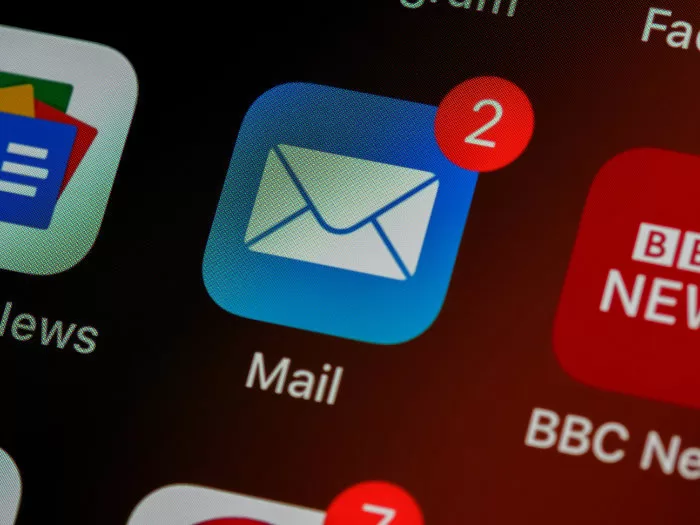Attract Your Audience, Use an Enticing Hook in Your Title, Deliver Value in Your Promotional Emails

Penning impactful promotional emails can be the key to prosperity for numerous small enterprises. In this manual, you’ll discover how to compose a promotional email that not only seizes attention but also incites action. Let’s delve into these aspects one by one to assist you in getting responses to your cold promotional emails:
Index
- Comprehending Your Target Audience: Who Are They, and What Are Their Requirements?
- Formulating the Ideal Subject Line: Your Initial Impression Matters!
- Initiating Lines That Engage: How to Capture Attention Immediately.
- Personalization Strategies: Making Your Email Feel Customized, Not Standard.
- The Skill of Persuasion: Cultivating Interest Through Advantages and Value.
- Explicit Calls to Action (CTAs): What Do You Expect the Reader to Do Next?
- Visual Enhancements: Utilizing Formatting and Imagery to Boost Appeal.
- Instances of Successful Cold Emails: What Succeeded and Why It Succeeded.
- A/B Testing: Distinguishing Good Emails From Ineffective Ones
- Common Errors to Evade: Traps That Can Sabotage Your Email.
- Testing and Evaluating Success: How to Fine-Tune Your Strategy for Enhanced Outcomes.
Comprehending Your Target Audience: Who Are They, and What Are Their Requirements?
Recognizing your audience isn’t merely about demographics. It’s about deeply understanding their interests, their necessities, and what concerns them. Are they new parents, tech-enthusiast teenagers, or occupied executives? Grasping this will aid you in creating an email that resonates with them.
For instance, if you’re targeting small business proprietors, concentrate on how your product or service conserves time and money. Employ tools like Google Analytics to gain a better understanding of your audience’s behavior and preferences.
Tip: Developing personas can assist you in visualizing your audience. Contemplate who they are, what they do, and what challenges they encounter that your business can resolve.
Formulating the Ideal Subject Line: Your Initial Impression Matters!
The subject line is akin to the handshake of an email; it needs to be firm and assured. It must entice your readers and provide them a reason to open your email.
For example, if you’re advertising a new eBook, instead of a dull “New eBook Available,” try “Unlock Success with Our New Growth Guide!” This incites curiosity and suggests a benefit.
Remember, your subject line should be pertinent and clear, and never appear spammy. A/B testing different subject lines can provide insights into what resonates best with your audience.
Initiating Lines That Engage: How to Capture Attention Immediately.
The initial few lines of your email are the hook. Begin with something that piques your reader’s curiosity. This can be a surprising fact, an intriguing question, or a bold statement.
For instance, “Did you know 90% of startups fail within the first five years?” immediately captures attention, especially if your product or service can help avoid that fate.
Maintain a friendly and conversational tone. Imagine you’re having a casual conversation with a friend over coffee about your business. That’s the ambiance you want to create.
Personalization Strategies: Making Your Email Feel Customized, Not Standard.
Personalization extends beyond merely adding the recipient’s name. It’s about making the email relevant to them. Segmenting your email list based on interests, past purchases, or engagement can help you send the appropriate message to the right person.
If they recently purchased a beginner’s guide from your site, for example, a follow-up email might offer a more advanced resource. Platforms like Mailchimp can automate this personalization process.
Remember, a personalized email feels like a conversation, not a sales pitch. It builds trust and engagement with your brand.
The Skill of Persuasion: Cultivating Interest Through Advantages and Value.
Your readers are always thinking, “What’s in it for me?” So tell them! Instead of listing features, focus on the benefits your product or service provides.
If you’re selling an online course, highlight how it will help them grow their business or improve a specific skill, and support your claims with testimonials or success stories.
Utilize persuasive language and appeal to both logic and emotion. Show them why they need what you’re offering, and guide them toward realizing it themselves.
Explicit Calls to Action (CTAs): What Do You Expect the Reader to Do Next?
Every email needs a clear and compelling call to action. This is where you guide your readers to the next step, whether it’s making a purchase, signing up for a webinar, or reading a blog post.
Your CTA should be easy to find and understand. Use buttons or bold hyperlinked text that stands out. For example, a bright “Learn More” button that leads to your product page can be highly effective.
Always ensure the linked page aligns with your CTA. If you’re promising a free guide, ensure that’s exactly what they’ll find when they click through.
Visual Enhancements: Utilizing Formatting and Imagery to Boost Appeal.
Visuals aren’t just about aesthetics; they assist in conveying your message. If you’re discussing a complex process, a simple infographic can make it easier to understand. Images should always support and enhance your content.
Formatting tools like bullets, subheadings, and bold text can highlight key points and make your email more scannable. Just as a well-presented meal is more appetizing, a visually pleasing email is more engaging.
Keep in mind that many people will read your email on mobile, so ensure it’s responsive and looks good on various devices.
Instances of Successful Cold Emails: What Succeeded and Why It Succeeded.
An effective marketing email isn’t about templates; it’s about connecting with the reader. Let’s examine two examples:
Example 1:
Subject: “Battling with Marketing? We’ve Been There!”
Body: “Hi [Name], I noticed your post about marketing challenges, and it resonated with me. We faced the same issues until we developed our unique strategy.
Could this be what your business requires?
In the first month, we increased our leads by 20%. If you’re curious how we achieved it, let’s discuss.
Thanks,
[Your Name, Email, Phone]”


